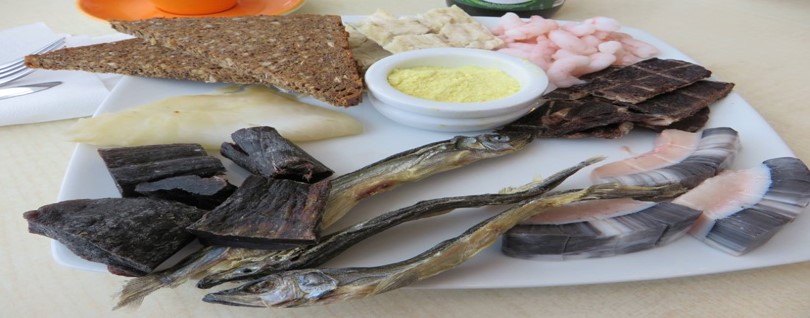Executive Summary
Many behavioral differences between indigenous and non-indigenous populations are based on their different cultural values. These cultural values also define the relationship to water and traditional food. It is relevant to keep these traditions for mental health, but also important to do it in a safe way for physical health.
Background
The issue of safe water for Arctic Indigenous peoples is rooted in the historically developed dependency relationship that emerged as part of colonial history and became well-established over time. The special, spiritual role of water and food in the Arctic indigenous environment is well known. Over the past two hundred years, around and within Indigenous communities, traditional ways of life have been changed. Traditionally, food could and would be procured from the surrounding lands. However, due to declining access to sufficient traditional food sources, communities have become more reliant on imported foodstuffs. This tendency has been especially alarming in the Arctic communities.
Learning objectives
At the end of this lecture students will be able to:
- Understand the role and values of water and traditional food for the Arctic indigenous peoples
- Understand the connections of water and food with indigenous culture
- Define the risks and protective mechanisms of safe consumption of water and food in the Arctic
Lecture
Encyclopedia of Indigenous Peoples of the North, Siberia and the Far East of the Russian Federation
Traditional Knowledge, Culture and Nature Use of the Northern Peoples.
Comparative Review of Circumpolar Health Systems
Arctic Human Development Report (AHDR)
The goals of this report are to provide an update to the first AHDR (2004) in terms of an assessment of the state of Arctic human development; to highlight the major trends and changes unfolding related to the various issues and thematic areas of human development in the Arctic over the past decade; and, based on this as- sessment, to identify policy relevant conclusions and key gaps in knowledge, new and emerging Arctic success stories, and important AHDR-II follow-up activities.
AMAP Assessment 2015: Human Health in the Arctic
The 2015 Human Health Assessment Report follows three previous AMAP assessments on human health (AMAP 1998, 2003, 2009) and represents the current knowledge base after 25 years of focused study. This report includes new knowledge, updates and fills information gaps identified in past reports, and focuses attention on the most recent integrated scientific knowledge related to environmental contaminants and human health. It does not update information concerning the levels and effects of radioactivity and UV-radiation; these topics were addressed in the first comprehensive AMAP Assessment Report (AMAP 1998). The AMAP 2015 collects and discuss all the data from the relevant cohorts and surveys carried out in Inuits groups of Alaska, Canada and Greenland. It describes the projects, the results as the levels of contaminants found in the areas, the health that these contaminants can cause, future risks, and risk communication.
Demographics and Health Status of Arctic Populations
Impact of Climate Change and Environmental Pollution on Population Health in the Arctic
Indigenous Mental Health and Wellbeing in Transition
The Circumpolar Health Observatory
The Circumpolar Health Observatory (CircHOB) is an international collaborative health information system, involved in systematic, standardized, and consistent data collection and analysis. In addition to aggregating online and print resources, CircHOB is population-based, and produces data for all northern regions in all circumpolar countries. CircHOB’s purpose is to monitor trends and patterns in health status, health determinants, and health care, provides qualitative and quantitative evidence for planning and evaluation of health programs and services. It is on-going and sustainable with periodic updates.


